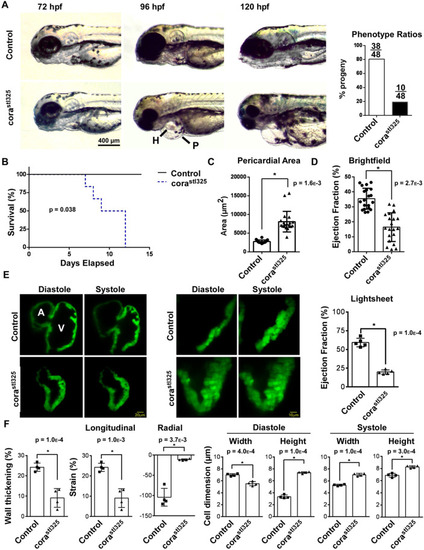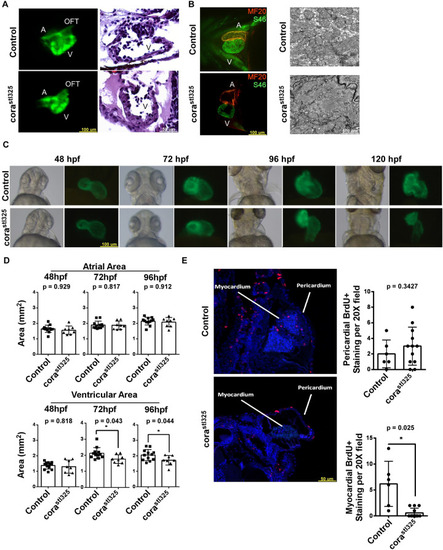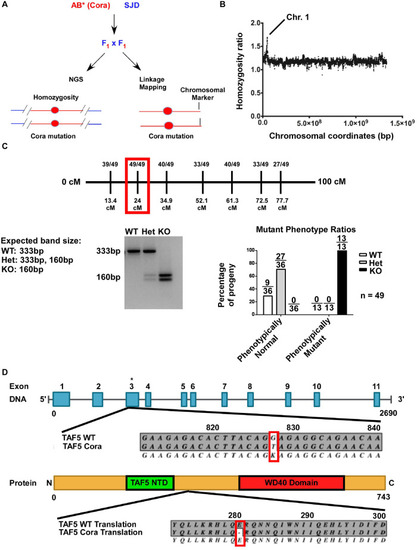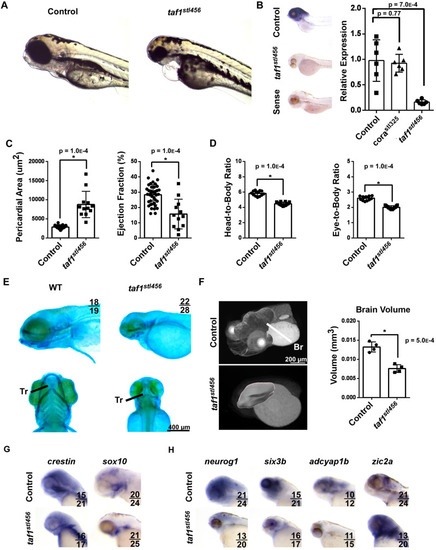- Title
-
Deletion of taf1 and taf5 in zebrafish capitulate cardiac and craniofacial abnormalities associated with TAFopathies through perturbations in metabolism
- Authors
- Leid, J., Gray, R., Rakita, P., Koenig, A.L., Tripathy, R., Fitzpatrick, J.A.J., Kaufman, C., Solnica-Krezel, L., Lavine, K.J.
- Source
- Full text @ Biol. Open
|
PHENOTYPE:
|
|
PHENOTYPE:
|
|
PHENOTYPE:
|
|
|
|
PHENOTYPE:
|
|
|
|
|
|
|

ZFIN is incorporating published figure images and captions as part of an ongoing project. Figures from some publications have not yet been curated, or are not available for display because of copyright restrictions. |








